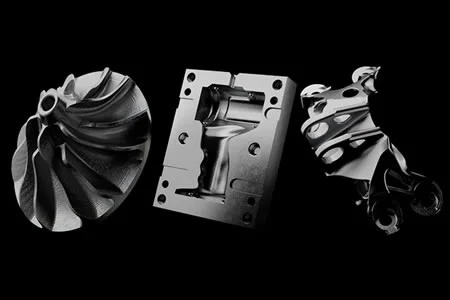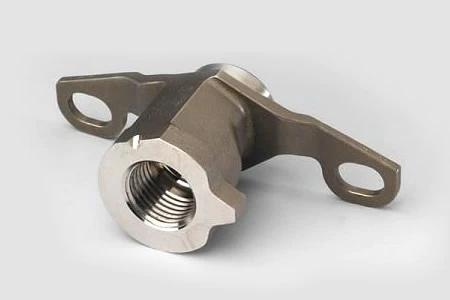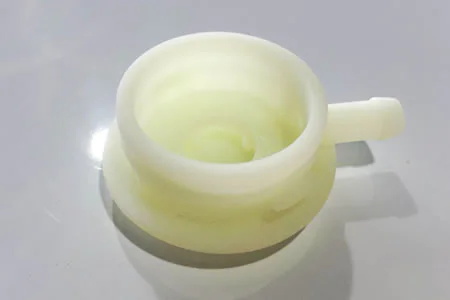Rapid Prototype
What is Prototyping?
Prototypes render the real look of the concept. You can view its design, test its function, find the faults of the design and improve them before making a real mold. Prototypes can be made by SLA prototype, 3D metal or plastic printing or CNC machining. The materials can be polymers like PP, ABS, POM, PS, PC, PMME or mental like steel, Aluminum, Zinc, Brass.
MMT offers prototype by 3D printing, CNC Milling or SLS etc.
Many clients request for prototypes for design reviewing or exhibition purpose.
Advantages of Making a Prototype
• Show your customers and investors a physical model of your product
• Demonstrate the appearance, dimensions and features of your product
• Test the market with your product before production
• Save time and money by identifying and reducing design flaws
• Improve and streamline the production process
• Create multiple versions with different colors, surface textures and finishing processes
Introduction of various prototyping technologies
3D Printing
The 3D Printing technology evolves rapidly, which offers much faster delivery and lower labor cost(polishing job), but weaker strength.
CNC machining
CNC machining is a subtractive manufacturing process in which a block of metal is machined into the design of the final part. CNC means Computer Numerical
Control, and it utilizes computers executing code sequences to automate the
machine tools which cut the plastics or metal to the design model of the part.
We can make prototype upon your 3D drawing or real sample.
SLS prototyping
SLS means Selective Laser Sintering. It uses a moving laser beam to trace and selectively sinter powdered polymer and/or metal composite materials into successive cross-sections of a 3D part. As in all rapid prototyping processes, the parts are built upon a platform that adjusts in height equal to the thickness of the layer being built. Additional powder is deposited on top of each solidified layer and sintered. This powder is rolled onto the platform from a bin before building the layer. The powder is maintained at an elevated temperature so that it fuses easily upon exposure to the laser. With the metal composite material, the SLS process solidifies a polymer binder material around steel powder (100 micron diameter) one slice at a time, forming the part. The part is then placed in a furnace, at temperatures in excess of 900 °C, where the polymer binder is burned off and the part is infiltrated with bronze to improve its density. SLS allows for a wide range of materials, including nylon, glass-filled nylon, SOMOS (rubber-like), Truform (investment casting), and the metal composite.
Would you like to get your design conception into a rapid prototype? Contact MMT to submit your 3D drawing.









